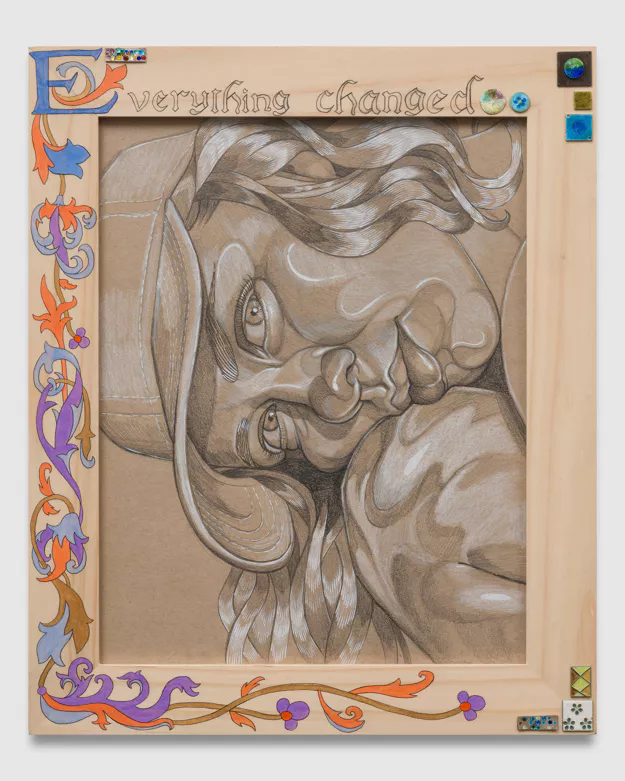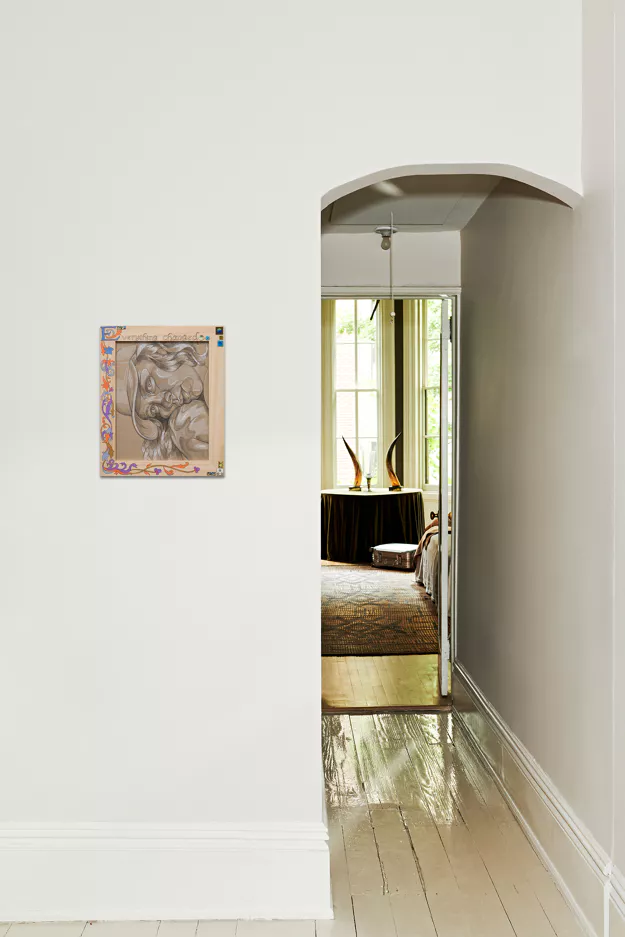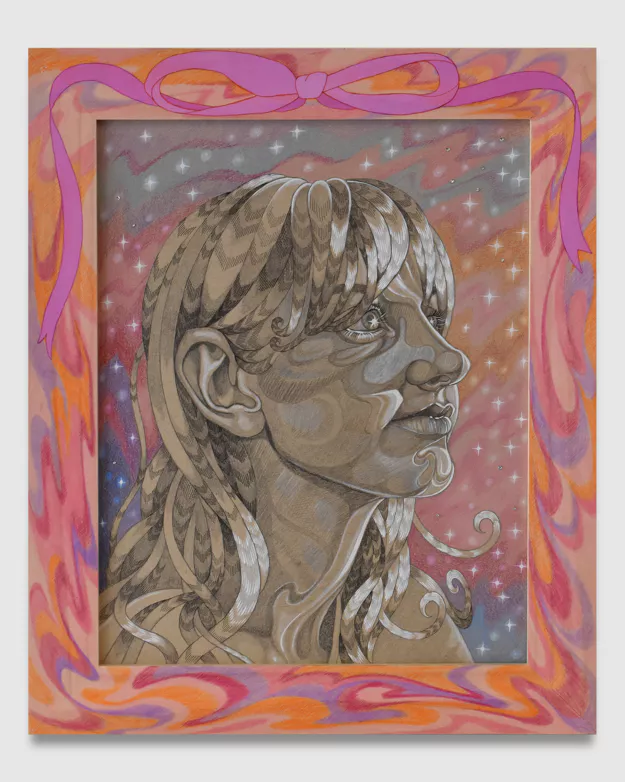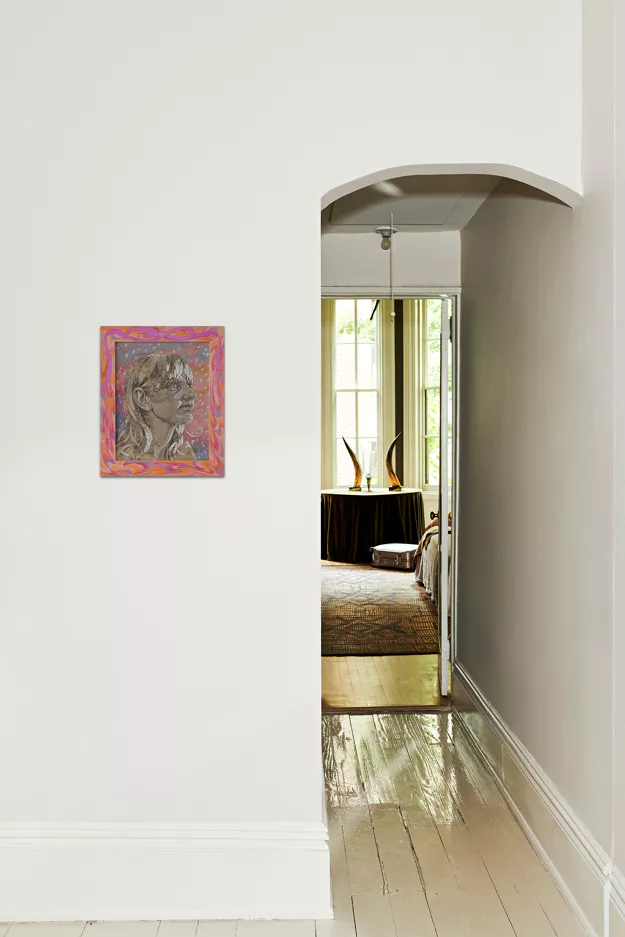Hannah Lupton Reinhard’s work embraces the fluid, interwoven nature of identity, echoing philosopher Judith Butler’s view that cohabitation—living among and alongside others—is central to Jewishness itself. The paintings, which depict Jewish and non-Jewish women in the artist’s life, reject the notion of insularity in favor of a more expansive belonging that promotes coexistence—not despite difference, but because of it. The figures in Lupton Reinhard’s paintings often embark on a physical journey—much like the Jewish people crossing the desert in the story of Exodus—embodying Lupton Reinhard’s belief in adapting Judaism to daily life. Lupton Reinhard uses a unique process to create swirling microcosms of skin and texture, with figures adorned in stylized hair and opulent textiles that shimmer beneath the weight of Swarovski crystals. These embellishments serve as decoration and distortion, armoring her figures against the world.
Hannah Lupton Reinhard
Continue reading



